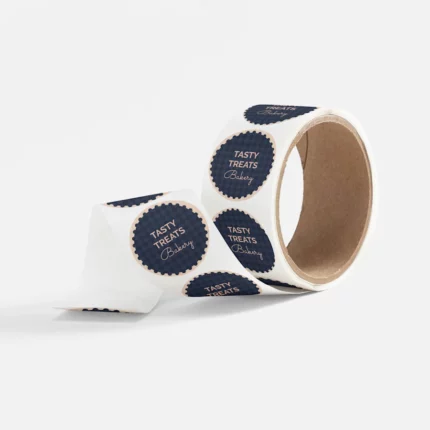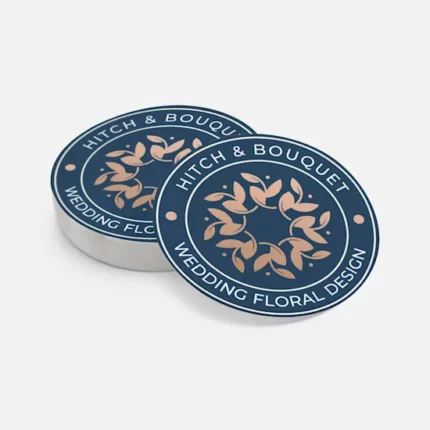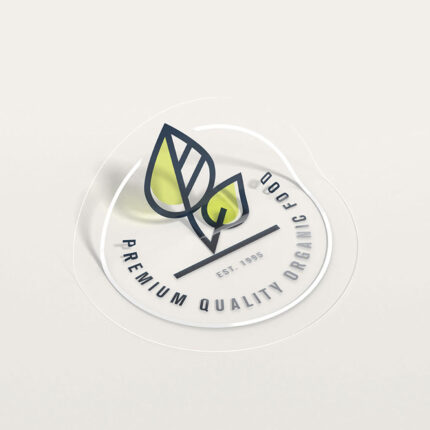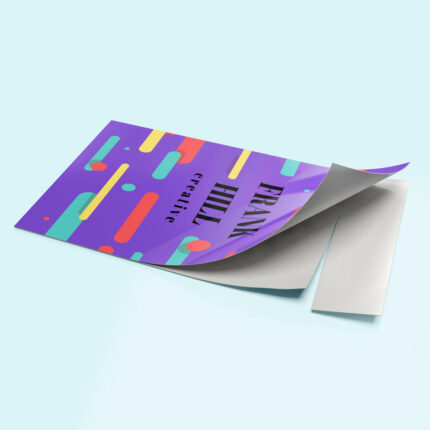Book Binding is the process of assembling and securing the pages of a book together to form a complete unit. It involves several techniques that are used to hold the pages in place and create a durable and aesthetically pleasing finished product. There are various types of book binding methods, each with its unique advantages and applications. Some common book binding techniques include:
Saddle Stitching
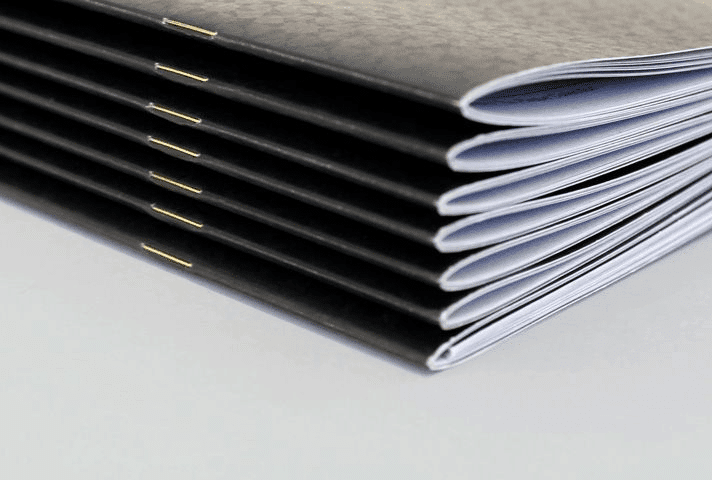
Saddle stitching is a common and cost-effective book binding method used for smaller publications like booklets, magazines, and brochures. It’s called “saddle stitching” because the folded pages are placed over a saddle-like apparatus during the stitching process. Here’s how it works:
- Preparation: The pages of the publication are printed and folded in half, creating a booklet with a spine.
- Collation: The folded pages are then collated, meaning they are arranged in the correct order.
- Stitching: The collated pages are placed over a saddle-shaped support, and staples are driven through the spine to hold the pages together.
- Trimming: Finally, the booklet is trimmed on the edges to ensure a clean, uniform finish.
Saddle stitching is a simple and efficient method, but it’s best suited for publications with a relatively low page count. It’s not suitable for thick books because the staples may not hold the pages securely. For thicker publications, other binding methods like perfect binding or case binding are more appropriate.
Perfect Binding
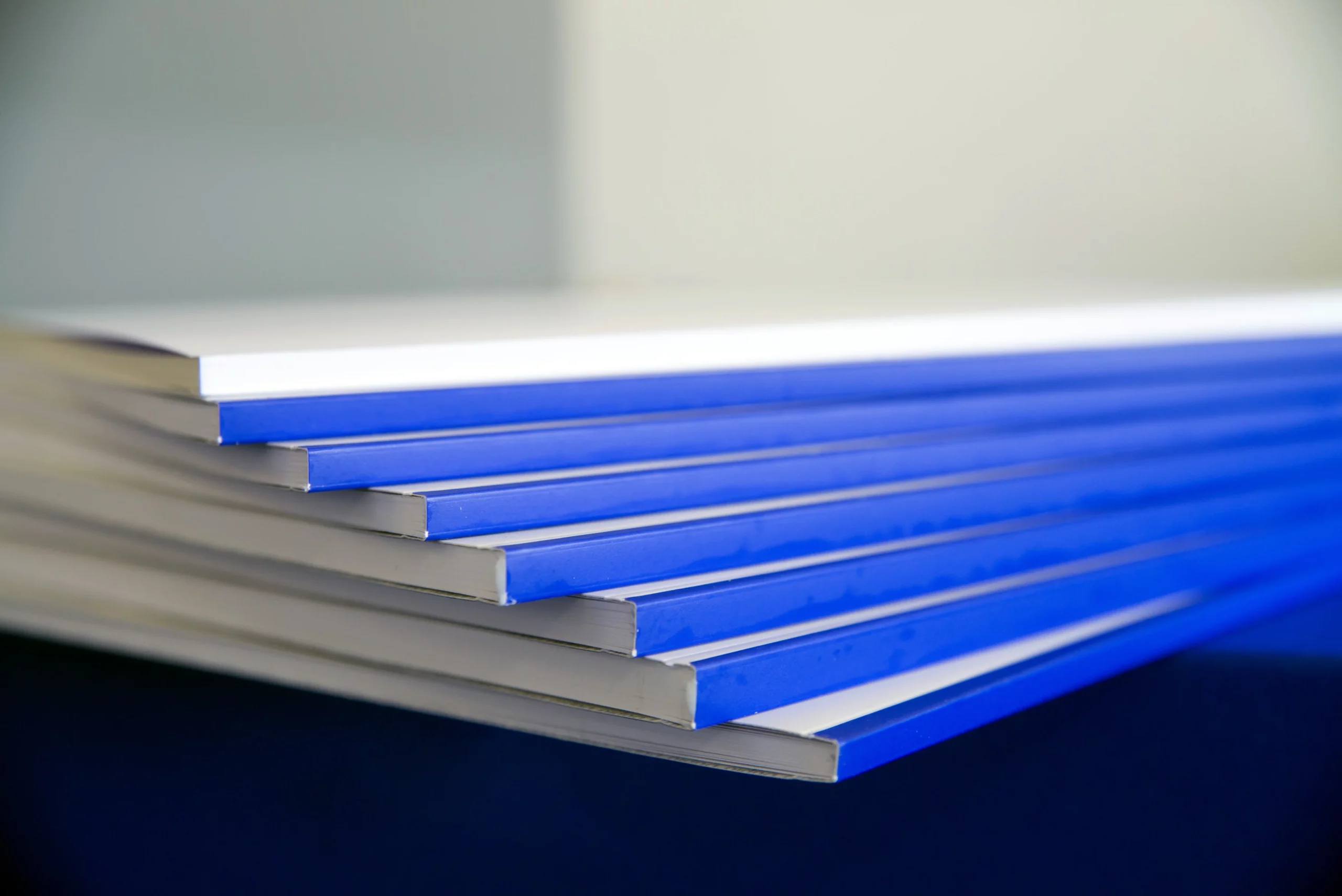
Perfect binding is a popular bookbinding method used for producing paperback books, magazines, and catalogs. It’s called “perfect” binding because it creates a clean, professional-looking edge on the spine of the book. Here’s how the process works:
- Preparation: The pages of the book are printed and collated in the correct order.
- Milling: The spine of the collated pages is milled or roughened to create a textured surface. This helps the glue adhere better.
- Application of Adhesive: A strong, flexible adhesive is applied to the roughened spine.
- Attaching the Cover: The cover, which is usually made of a heavier paper or cardstock, is attached to the spine. The cover is slightly wider than the pages to create flaps that wrap around the edges of the book.
- Drying and Trimming: The book is allowed to dry completely, and then the edges are trimmed to create a clean, uniform finish.
Perfect binding creates a professional-looking book with a flat spine that can be printed with titles and other information. It’s a cost-effective method for producing paperback books and magazines, but it’s not suitable for very thick books or books that will be subjected to heavy use, as the glue may not hold up as well over time.
Spiral Coil Binding
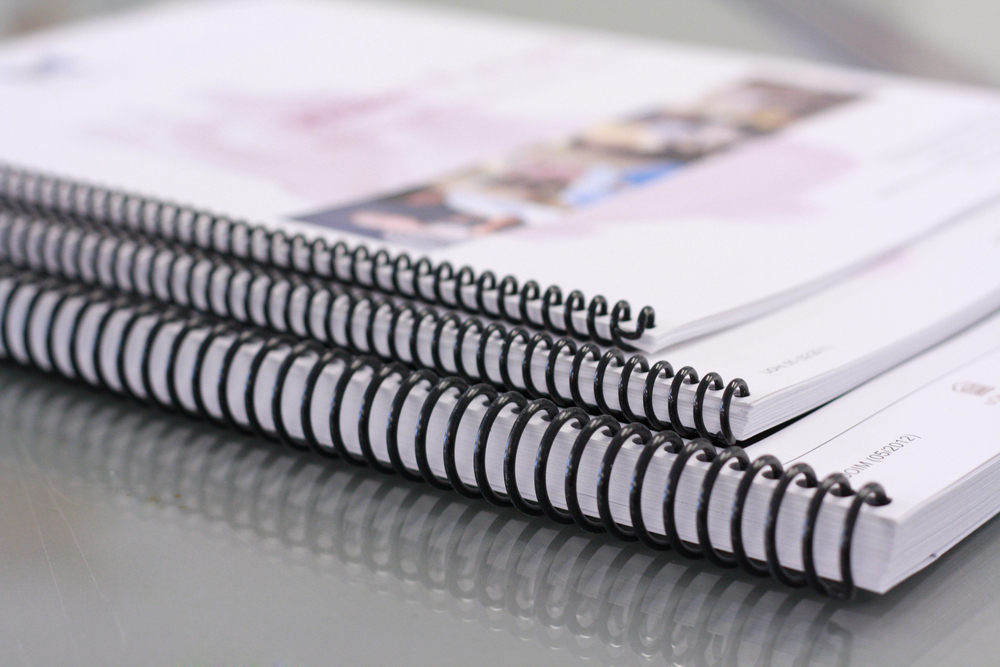
Spiral coil binding, also known as coil binding or spiral binding, is a bookbinding method that uses a continuous coil of plastic or metal wire to hold the pages together. This type of binding is popular for notebooks, calendars, and other documents that need to lay flat when open.
Here’s how spiral coil binding works:
- Preparation: The pages of the document are printed and punched with small holes along the edge.
- Inserting the Coil: The coil is inserted through the holes in the pages, starting at one end and spiraling through to the other end.
- Crimping the Ends: Once the coil is threaded through all the pages, the ends are crimped to prevent the coil from slipping out.
Spiral coil binding allows the document to lay completely flat when open, which makes it easy to read and write in. It’s also a durable binding method, as the coil can withstand a lot of wear and tear. However, it’s not the most professional-looking binding method, so it’s often used for internal documents rather than publications that need to make a good impression.
3-Ring Binder Binding
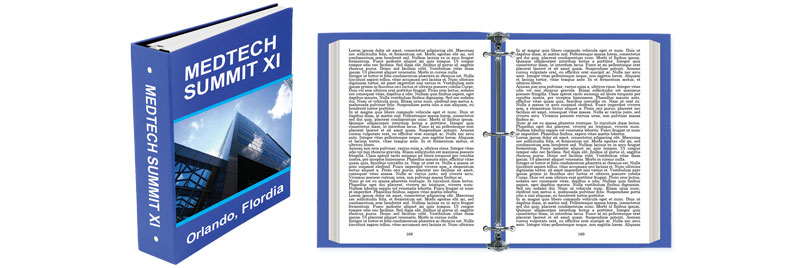
A three-ring binder is a common and versatile method used to organize and present loose-leaf pages. It consists of a cover, a set of rings, and often includes tabs for easy indexing.
Three-ring binders are frequently used for sales presentations, seminars, business meetings, price lists, and operation manuals because they offer flexibility and convenience. Pages can easily be added or removed as changes occur, making them ideal for documents that require frequent updates.
The cover and/or spine of the binder can be customized to suit the specific needs of the user. They can be printed directly with logos, branding, or other information, or they can be made with a clear plastic overlay that allows printed inserts to be slipped in for the cover and/or spine. This customization option makes three-ring binders a popular choice for professional presentations and branded materials.
Overall, three-ring binders are a versatile and practical option for organizing and presenting documents in a professional and organized manner.
Hard Cover Binding
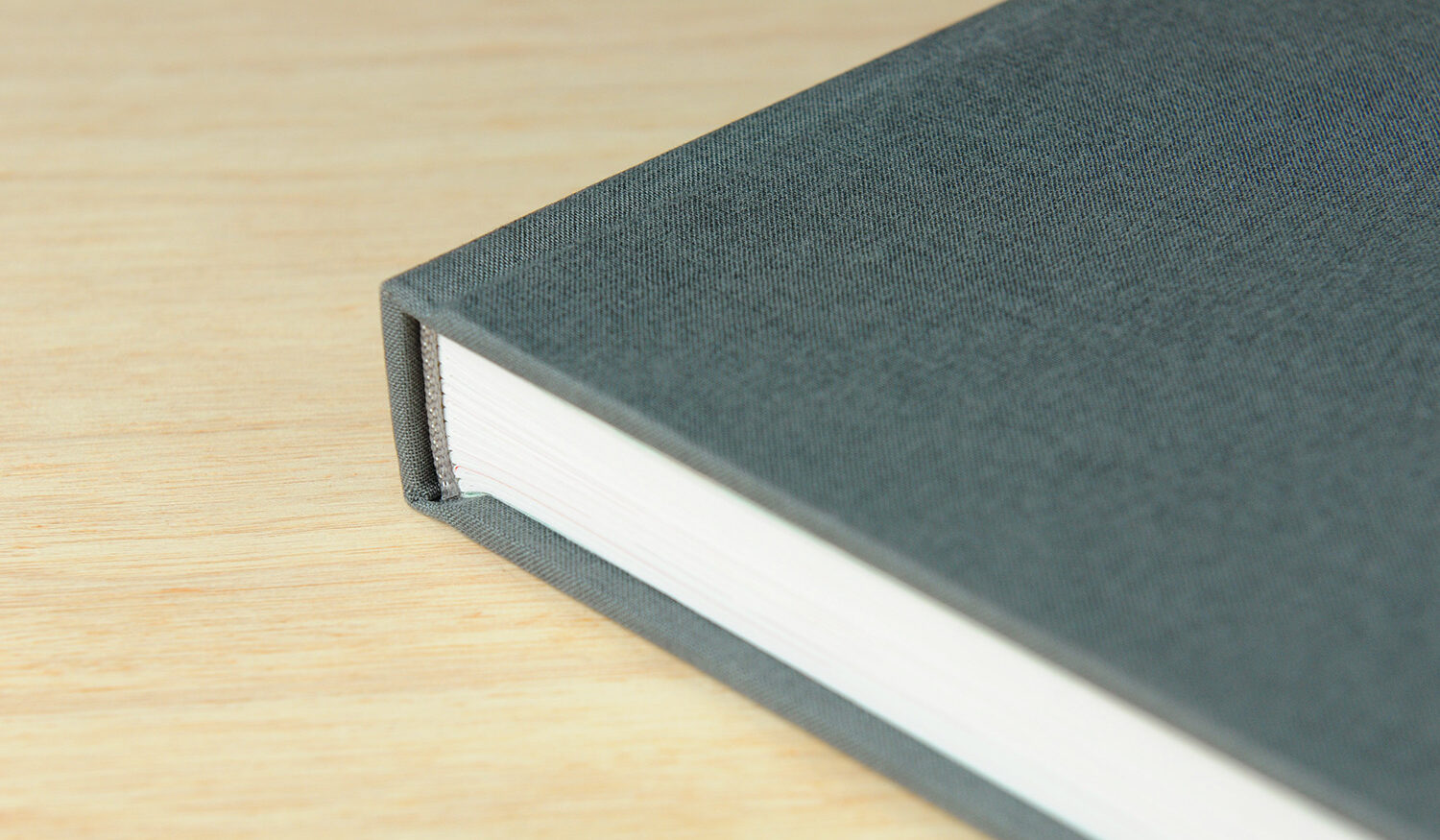
Hardcover binding, also known as hardback or hardbound binding, is a method used to create durable, long-lasting books. It is a popular choice for textbooks, cookbooks, bibles, yearbooks, and other materials that will be used frequently or need to withstand wear and tear.
There are different techniques for hardcover binding. In one method, the pages are gathered and sewn together with strong thread before the cover is attached. In another method, the pages are glued together near the spinal edge before the cover is applied.
The cover of a modern hardcover book is typically made from pieces of thick, rigid paperboard. This dense board is often covered with a glossy coated paper for improved appearance and durability. The front and back covers are inflexible, so they must be created with a flexible hinge area near the spine to allow the book to open and close easily.
Hardcover binding is considered the most expensive binding method due to the higher cost of materials and labor involved. However, it provides superior protection to the pages inside, making it a preferred choice for books that will see frequent use or need to last a long time. Hardcover books are also known for their professional appearance and are often used for special editions and collector’s items.
Overall, hardcover binding is a versatile and durable option for creating high-quality books that will stand the test of time.
If you have any questions about printing, feel free to reach out to us at 718-928-6888 or submit our quote request form. We’re here to assist you in any way we can.
Take care!
Jeff @ New York Printing Center

